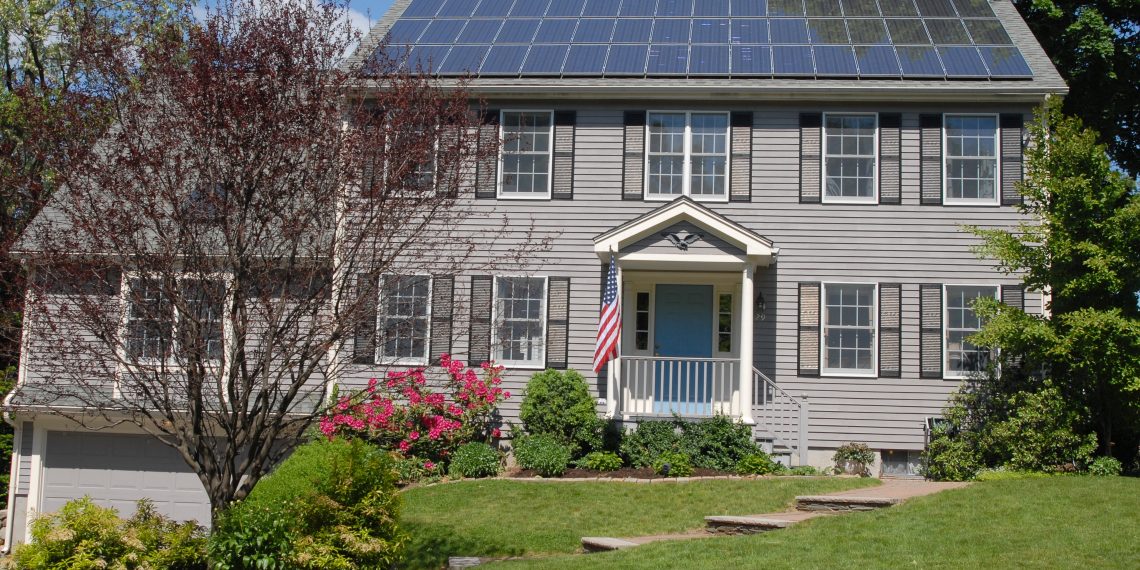There is no denying that photovoltaic or solar technology is becoming more and more popular. So much so that we are seeing an increasing number of solar-powered houses and the city government incentivizing such homes.
Why Go Solar-powered?
In case you are unaware, the solar energy source is plenty wherever you go. Wherever the sunlight reaches, expect that you can do something to harvest it and turn it into energy.
Mind you, even Alaska and the Pacific Northwest have an excellent solar source.
Suppose you live in the United States; an hour of the noontime summer sun can be equivalent to the country’s annual electricity demand. Hence, it makes sense that you opt for this renewable power source as much as you can.
After all, there are many advantages to using solar power. And we have listed six of them below:
1. No to low maintenance costs
Sure, buying can be expensive. But think of it as a long-term investment.
Meaning, you can install it today, and it can power your house for the next decade. Hence, you can save up on your electric bills for years. And the money you save can tantamount to the initial investment you made.
Simply put, you get your money back within a couple of years.
However, your solar power being low maintenance does not mean you can install it once and then ignore them. Check on your panels at least once per year or more often if the weather in your location can be erratic. Doing so can help mitigate any damages to your solar panels.
2. Reduced monthly bill
One of the primary reasons you should go solar-powered is that you can significantly reduce your electric bill.
In the United States, the average residential electric bill will cost $115 per month in 2019. However, you do not have to pay that much if some appliances in your house are solar-powered. Instead, you can use that budget for other home projects, like upgrading your bathroom or renovating your bedroom.
3. Increased property value
According to real estate data company Zillow, a solar-powered home costs more in some states.
Here’s the thing: A homeowner would be willing to pay thousands of dollars for a home improvement. Hence, they would be ready to buy a property that does not require too much remodeling.
On the other hand, you need to factor in the cost you incurred while installing solar panels. More so if you intend to sell your house eventually.
4. Collect SREC
Solar Renewable Energy Certificates (SRECs) are incentives for people with a solar-powered home.
For every 1,000 kWh you generate from your solar panels, you get to have one certificate. You can then sell your certificates to utility providers taking steps to meet their solar carve-out requirements.
A homeowner makes one SREC for every 1000 kilowatt-hours (kWhs) generated by their solar panel system. In some states, a certificate is worth around $300.
Imagine being able to save around $1,000 annually from your electric bills and earning the same amount from selling your SRECs. This means that you can keep as much as $2,000 per year!
Meanwhile, a “carve-out” is the required minimum percentage of electricity sales from renewable energy sources.
5. Easy and simple to build
According to EnergySage Solar Marketplace, the average gross cost of having a solar-powered home is $16,860. Of that amount, layout and installation labor costs provide about ten percent of the total bill.
This ten percent is what homemade solar panels will save you in reality since you’ll still need to purchase the equipment yourself.
Regardless, solar panels require a hefty upfront cost. It just so happens that you can save a lot from your electricity bill as a result.
6. Environment-friendly
Solar panels generate harvest energy from the sun and turn it into electricity. As such, you are not burning fossil fuels, and you are getting your electricity from a renewable source.
It also helps lessen your household’s carbon footprint by 80% annually. For every kilowatt-hour of electricity generated from your solar panel, it can significantly reduce your greenhouse gas emissions.
Aside from electricity, you can also use solar power to save on water consumption and withdrawal.
Conclusion
Here’s the thing: Solar power is capital intensive. This means that you need a significant sum as an initial incentive, whether it is to buy the solar panels or you will do it yourself.
However, having a solar-powered house will allow you to save on electric bills. And for every 1000 kWh you solar power energy you generate, you can earn one SREC. You can then sell these SRECs to utility providers that want to meet their carve-out requirements.
Other than that, you can reap the following benefits:
- Low-cost maintenance
- Reduced monthly electric bills
- Increased property value
- Generated income from selling SRECs
- Easy installation
- Environment-friendly energy source
That said, you get to gain more in the long run when you opt for a solar-powered home.



